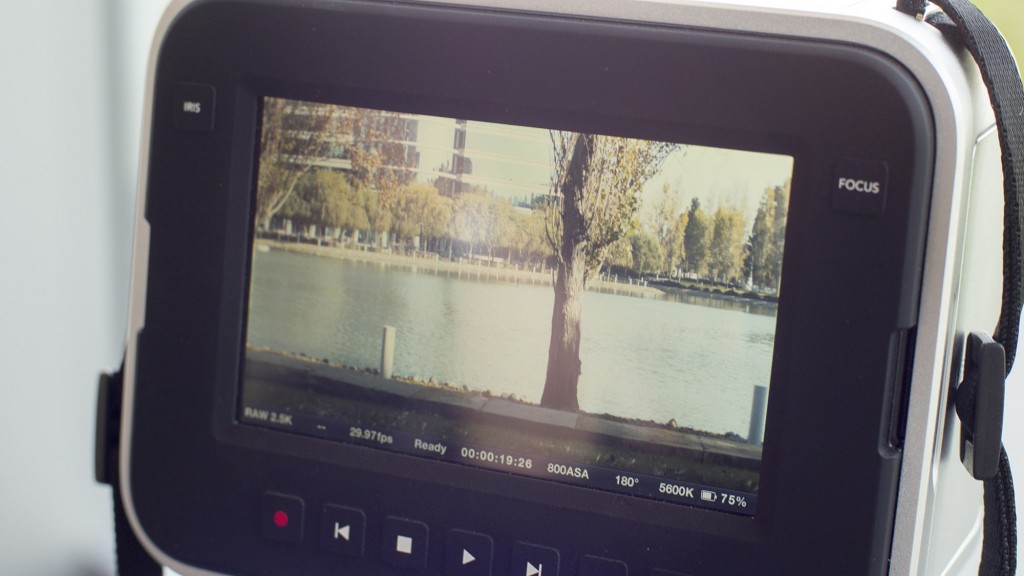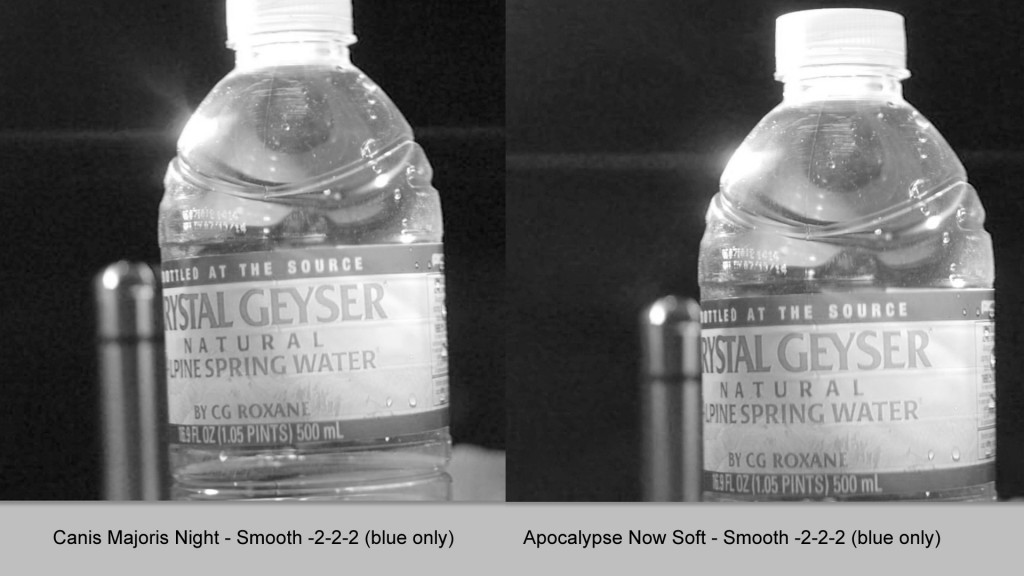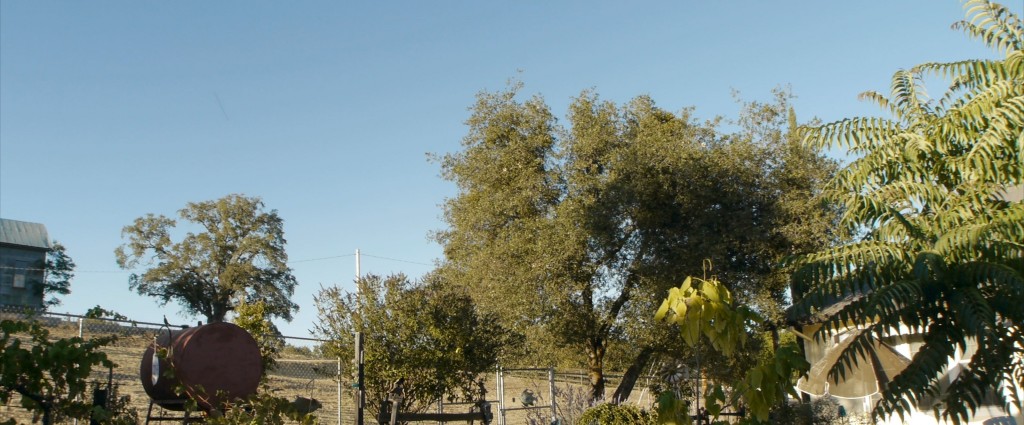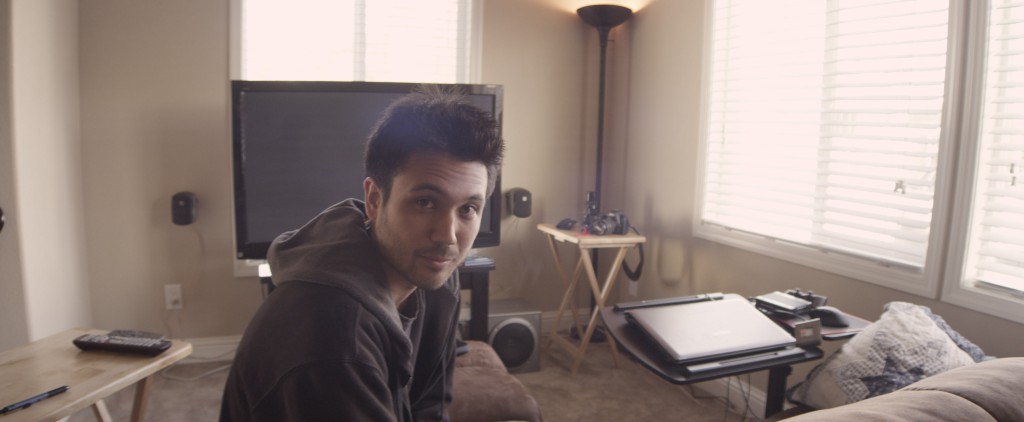SLR Magic Anamorphic 1.33x Anamorphic Adapter
I had a chance to play with a near final version of the new SLR Magic 1.33x Anamorphic Adapter today with Andrew Chan.
This adapter is a completely new design from other anamorphic adapters I’ve used. It has unique focusing abilities which give it the strengths of single focus designs like the Panasonic LA7200 with the added capabilities of what you’d find in dual focus anamorphic adapters like those from Bolex or Kowa.
In its normal focus mode, with the SLR Magic 35mm T1.4 CINE II lens, you get a picture that can focus from 2.8m to infinity.
The lens also has a NEAR mode that works as a variable built in diopter. This works by rotating the ring on the anamorphic adapter towards the “near” marker on the adapter barrel when an object is closer than 2m and it moves the rear element of the adapter changing the focus capabilities of the lens. It’s easy just to think of it as a macro mode, and something I’ll cover more in depth on video when we get a copy of our own.
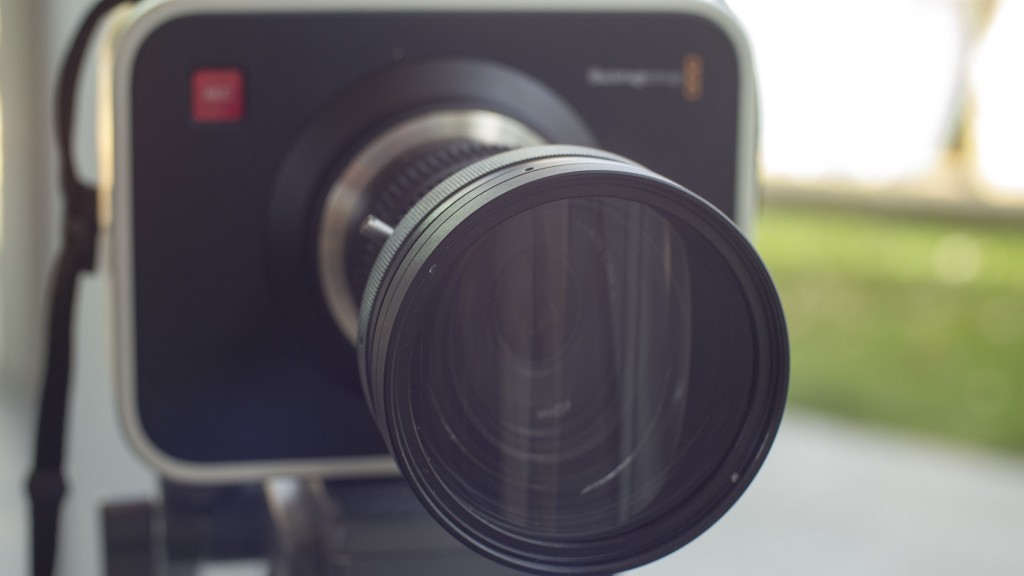
You might be wondering, how does this differ from an LA7200? It is a completely different type of adapter.
First, this lens is best pared with the SLR Magic 35mm T1.4 CINE II, which has been beefed up to not have lens slop while the anamorphic adapter is attached to the taking lens. Use the LA7200 enough and it will make even the most robust metal slr lens start to slop from all the weight hanging off the end of the filter threads.
Second, the LA7200 does not work at 35mm, not even close. You can fudge it with diopters, but the edges of the image will be an unfocused mess.
Lastly, this is a brand new lens with a warranty, not something you have to get lucky on an eBay auction. Every lens will work and look the same. If you have a problem, it will be simple enough to get actual support.
Image Quality. I look forward to having more time to shoot with the SLR Magic anamorphic adapter in the upcoming months, but in the few hours I tested it I can give you some of my opinions. First of those being that this adapter is in no way a copy of any anamorphic adapter that has come before it. Testing the lens at infinity gives this away quickly as none of the other adapters can do 35mm without some degree of edge blurring.
When the lens enters it’s “NEAR” mode that works as a variable diopter, you can get some fantastically sharp images as well as exaggerated bokeh. The lens appeared to be out resolving my BMCC, which is something my LA7200 could never do, so I’d like to see what it does at even higher resolutions.
The closest new and available 1.33x option that you could compare would be a Hawk V-lite 35mm at somewhere over $40,000. For a fraction of the price …


